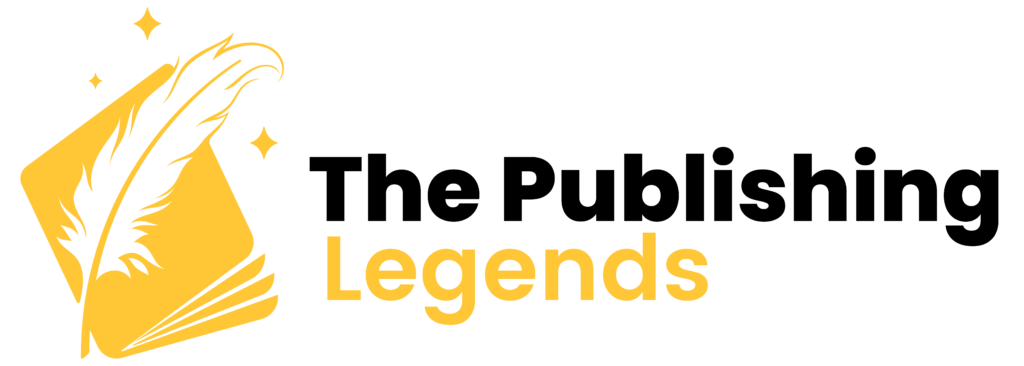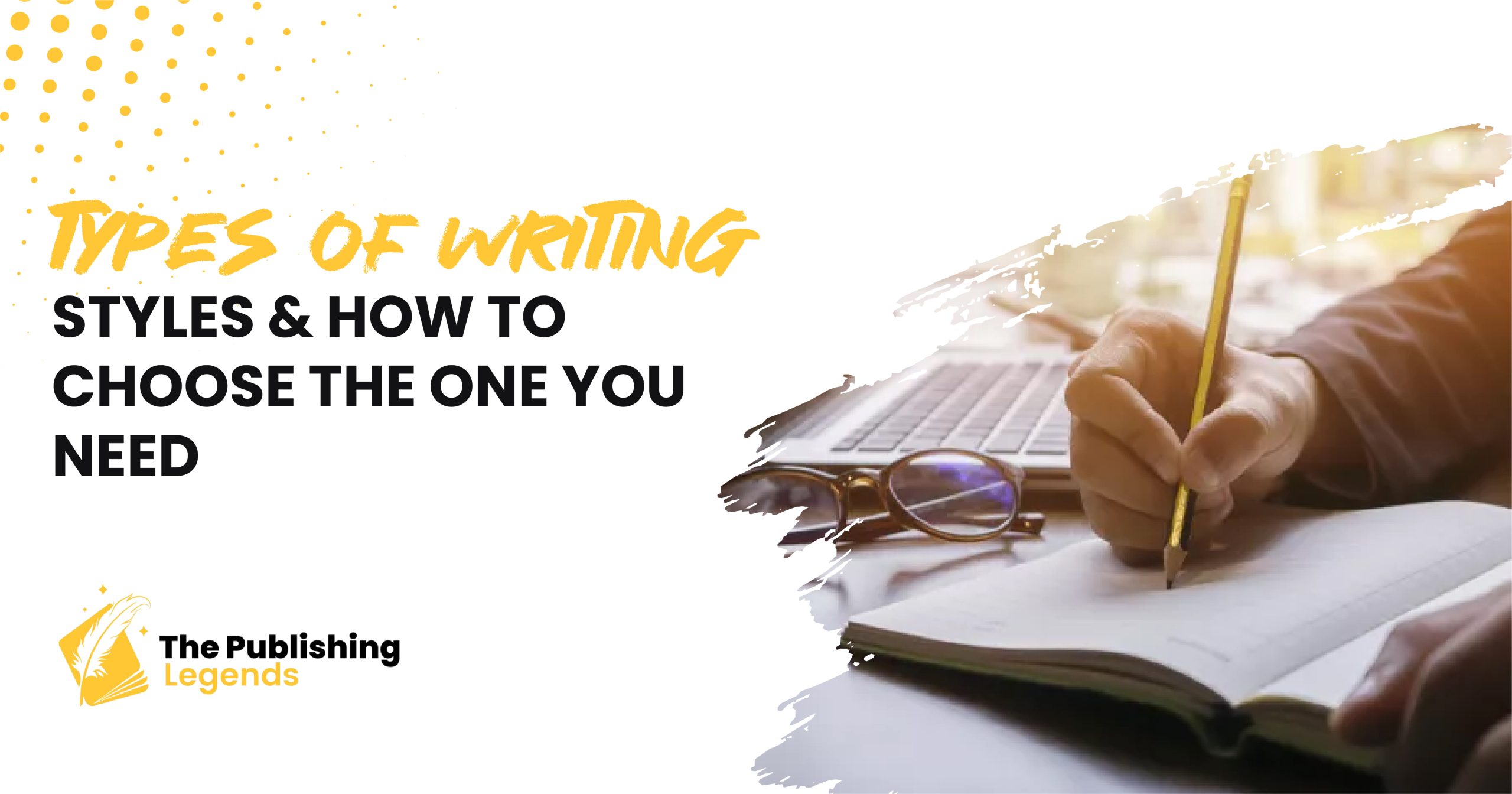One of the most effective ways of communication is writing. The presentation of the words, no matter whether they are the marketing materials, a speech, a marketing paper, or a novel, is always as important as the message in question. The way you write determines how well your work is regarded by your readers, how well they can decipher what you are imploring, and how well your texts can elicit effects.
When we talk about writers developing their voice, we do not mean only the vocabulary and tone, but also the way of writing. Comprehending the styles of writing and the sense of how to select the appropriate one can raise your work to a whole new level of memorable. There are several main types of writing styles, and in this guide, we are going to break them down, explain their features, show some examples, and discuss how one could choose between them in the context of a project.
Why Writing Style Matters
Think about reading a scientific research paper about the mystery novel, or a scientific research paper about a poem written like one. The language can be changed so that it still makes sense, but it would also seem strict and clunky to read. Style of writing builds anticipation, and when it matches the reason of the text, it introduces clarity and reverberation.
To authors, selecting an appropriate style means creating uniformity and a brand. It shows credibility on the part of the students and professionals. To businesses, it lays down the authority and interests of the customers. Put concisely, the process of writing style involves not only the aesthetics of writing, but also the connection.
The 4 Primary Types of Writing Styles
Expository writing is meant to inform, explain, or teach a reader. It is the most widespread one in academic, business, and journalistic cases. The style is explanatory, organized, and impersonal, and does not express any unnecessary views.
1. Expository Writing
Expository writing aims to inform, explain, or educate the reader. It’s the most common style used in academic, business, and journalistic contexts. The tone is factual, structured, and neutral, avoiding unnecessary opinions.
Where it’s used:
Textbooks and educational guides
News articles (straight reporting)
How-to manuals and instructional content
Research papers and essays
Informative blog posts
Characteristics:
Clear, concise, and organized structure
Focus on facts and logical explanations
Third-person point of view (mostly)
Use of examples, evidence, and statistics
Example sentence:
The water cycle is composed of three key processes, such as evaporation, condensation, and precipitation, in order to regulate the climate of the Earth.
Expository writing is the most effective when you want to clarify information and not bring up personal emotion.
2. Descriptive Writing
Descriptive writing entails a picture in words. Its intention is to engage the senses of the reader; it aims to direct the attention to details: what something looks, feels, smells, sounds, or tastes like. It is a common literary device that may also improve marketing and branding, as it helps to make descriptions vivid.
Where it’s used:
- Novels and short stories
- Poetry
- Travel writing
- Product descriptions and lifestyle blogs
Characteristics:
- Rich, sensory language
- Figurative devices such as similes, metaphors, and imagery
- Slower pacing to linger on detail
- Evokes emotion and atmosphere
Example sentence:
The aroma of roasted beans and warm pastries was soaked into the air of the cafe, whereas the sun shone through the windows made of glass and blurred the sound of the conversation.
Writing that is descriptive is most appropriate when you want to set a mood, tone, or imagery in the mind of the reader that sticks.
Ready to Elevate Your Writing Game?
At The Publishing Legends, we help authors refine their voice and style. Explore our editing services now to bring out the best version of your writing.
3. Persuasive Writing
Persuasive writing is an attempt to sway the reader to an opinion, belief or course of action. It is tactical, opinionated, and evidence-based, and is frequently emotional, mixed with logic, in order to appeal to decisions.
Where it’s used:
- Opinion pieces and editorials
- Advertising and marketing copy
- Political speeches
- Sales pages and promotional blogs
Characteristics:
- Strong thesis or central claim
- Emotional appeals (pathos) combined with logic (logos)
- Use of authority, credibility, and trust (ethos)
- Clear call to action
Example sentence:
The transition to a renewable energy source is not only an ecological decision but also the most profitable decision that you can make regarding your future.
You want to persuade and also influence action; that is best done through persuasive writing.
4. Narrative Writing
Writing of narrative implies storytelling. It deals with characters, plots, settings, and conflict, which frequently play out in the manner of a beginning, middle, and end. Though mainly related to fiction storytelling, the same narrative techniques apply to non-fiction storytelling, memoirs, and even brand storytelling.
Where it’s used:
- Novels, short stories, and novellas
- Biographies and memoirs
- Creative essays
- Marketing stories and case studies
Characteristics:
- Plot structure with a defined arc
- Use of characters and dialogue
- First-person or third-person perspectives
- Engages emotions and imagination
Example sentence:
The sun was going down in the still village when Maria held the letter in her hands and wondered whether what was written in it would alter her existence forever.”
Narrative writing is the most applicable when one wants to entertain, inspire, or appeal to one emotionally, via narration.
Other Common Writing Styles
While the four core styles dominate most forms of writing, it’s useful to recognize additional types that serve specific purposes.
- Technical Writing: Focused on manuals, instructions, and scientific documents. It’s precise, straightforward, and often uses visuals.
- Creative Writing: A broader umbrella that includes poetry, drama, and experimental forms. It emphasizes imagination and artistic expression.
- Business Writing: Professional communication, including reports, proposals, and emails. It’s concise, goal-oriented, and tailored to the audience.
- Journalistic Writing: Can blend expository and narrative, depending on whether the piece is hard news or a feature story.
How to Choose the Right Writing Style
Knowing the styles is one thing, but choosing the right one for your work is where strategy comes in. Here’s how to make that decision:
1. Define Your Purpose
Ask yourself: What am I trying to achieve with this piece?
- To inform? → Expository
- To describe vividly? → Descriptive
- To persuade? → Persuasive
- To tell a story? → Narrative
2. Consider Your Audience
An engineering SOP will need a different format than a lifestyle blog that a traveler may want. Before you pick your style, consider the expectations, the education level, and interests of your audience.
3. Match the Medium
Your style is also influenced by the format of your writing, such as whether you have to write a novel, a blog, an essay, or even a sales page. Narrative writing can be an excellent element of a book, but it may not be the most suitable element in academic essays.
4. Blend When Needed
Not every writing piece readily fits into a category. For example:
- An expository essay may consist of some persuasive facts
- Travel blogging can be descriptive and/or narrative.
- The use of marketing content as convincing and descriptive messages is one that coalesces.
Outstanding writers learn to use different styles and follow the consistency in general tone.
Struggling to Find Your Writing Voice?
Whether you’re working on a book, blog, or professional copy, our experts at The Publishing Legends guide you every step of the way. Get tailored writing support today!
Common Mistakes to Avoid
- Mixing Styles Without Purpose: Jumping between expository and narrative without a clear intent confuses readers.
- Over-Describing: Too much descriptive writing can bog down pacing.
- Lack of Structure in Persuasion: Persuasive writing must follow logical flow; otherwise, it feels like ranting.
- Ignoring the Reader: Style must always align with what your reader needs, not just what feels good to write.
Practical Examples
- An Academic Research Paper → More expository in nature, with the persuasive part at the end.
- Description of a Luxury Watch: As a product, it should be described in detail and persuasively to help sell the product.
- A Non-Fiction Memoir- Narrative, but more descriptive to create a scene and persuasive to point out key lessons.
- An example of a Brand blog post: It is expository when writing about facts, persuasive when writing about calls to action, and descriptive when appealing to emotions.
Final Thoughts
The formulation of a writing style is like a connection between your ideas and the comprehension on the part of the reader. When you learn the primary types of writing, expository, descriptive, persuasive, and narrative writing, you allow yourself to customize your message to any audience and purpose. No matter what the purpose of your writing is, whether it is educational, motivational, entertaining, or promotional. The right style is what makes your words reach readers with impact.
At The Publishing Legends, we are of the view that every writer has a voice of their own. That voice is more effective when it is supported by a fitting style. As your skill as a writer increases, learn to mix styles, see how the venerated professionals and other writers can apply them, and most of all, be honest with yourself. When you do it right, writing can not only communicate, but also reach your reader, move them, and even stay with them over time.
Take the Next Step in Your Writing Journey.
Let The Publishing Legends help you choose the right writing style for your audience. Visit us to learn more and make every word count.




